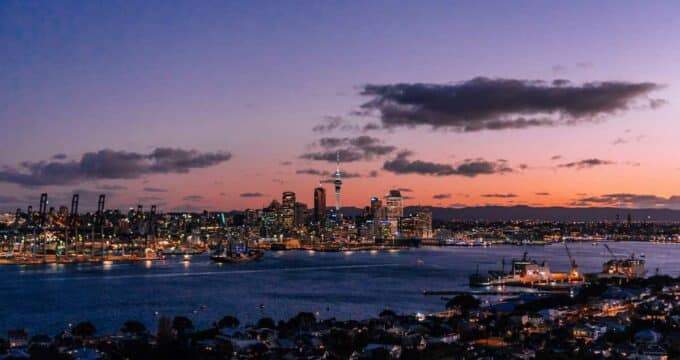Australia’s Labor Party signals an increase in student visa fees
- Student visa application fees continue to figure in the 2025 Australian federal election
- Following earlier proposals from the opposition Coalition, the governing Labor Party has now also said that, if re-elected, it too will raise visa fees later this year
Australians will vote in a federal election on 3 May 2025. The two main political parties contesting the election are polling within a few percentage points of each other, with the governing Labor Party edging ahead in recent polling.
Speaking at a joint news conference on 28 April, Treasurer Jim Chalmers and Finance Minister Katy Gallagher announced plans for a further AUD$1 billion in savings from pre-election forecasts.
Their revised outlook includes a plan to increase the application fee for an Australian study visa from AUD$1,600 to AUD$2,000. This move, the ministers estimate, will raise an additional AUD$760 million for government coffers over the next four years.
The planned increase echoes recent proposals from opposition leader Peter Dutton, who has said that, if elected, his Liberal/National Coalition Party will increase the student visa application fee to AUD$5,000 for applicants to Group of Eight universities and AUD$2,500 for all remaining international students.
Labor's planned increase in visa fees means that Australian student visas will remain the most expensive in the world. The current fee of AUD$1,600 was set in July 2024, and represented at the time a 125% increase from the previous fee of AUD$710. Leaving aside the prospect of any further increase, the current fee level considerably outstrips the visa fees levied by other major destinations. For example, the fee to apply for a Canadian study permit is CDN$150 (AUD$172), and students need US$185 (AUD$299) to apply for an F-1 study visa in the United States.
"We think that's a sensible measure that really prizes, I think, the value of studying here in Australia," said Minister Gallagher.
Needless to say, the prospect of any further increase is a serious concern for international educators in Australia, their international partners, and prospective students.
In its briefing for the Australian election, which pre-dates the Labor announcement this week, English Australia calls for:
"An urgent review of student visa application fees and the study rights of visitor and working holiday visa holders to regrow the short-term study market. In 2024, the government increased the student visa fee by 125%, making it double the UK fee, four times the USA fee, and nearly 10 times the Canadian fee. This has proven especially damaging to the ELICOS sector as the average student enrolment of less than 20 weeks makes the AUD$1,600 fee particularly disproportionate. The fee’s introduction was followed by an immediate and sustained fall in applications for ELICOS-only enrolments of approximately 50%. English Australia urges the government to move quickly to reduce the student visa fee for students applying for courses of less than one year to a fee of less than AUD$800."
Writing on LinkedIn, International Education Association of Australia (IEAA) CEO Phil Honeywood said, "At least we have a commitment from Labor that they will be open to discussion about visa fee reductions as per IEAA’s Election Platform which calls for a 50% discount for less than 12 months study programmes including English language and learning abroad."
For additional background, please see:
















